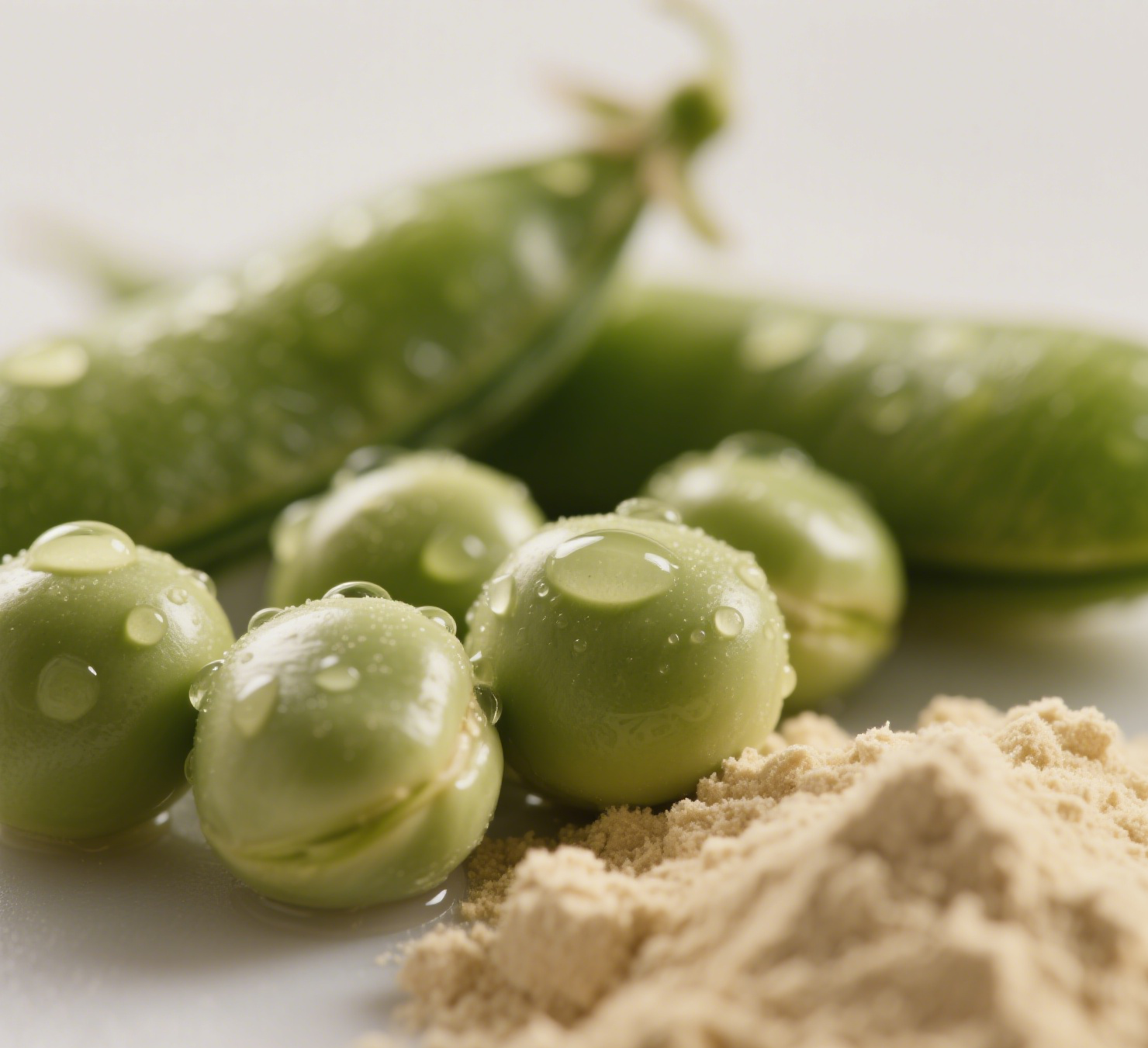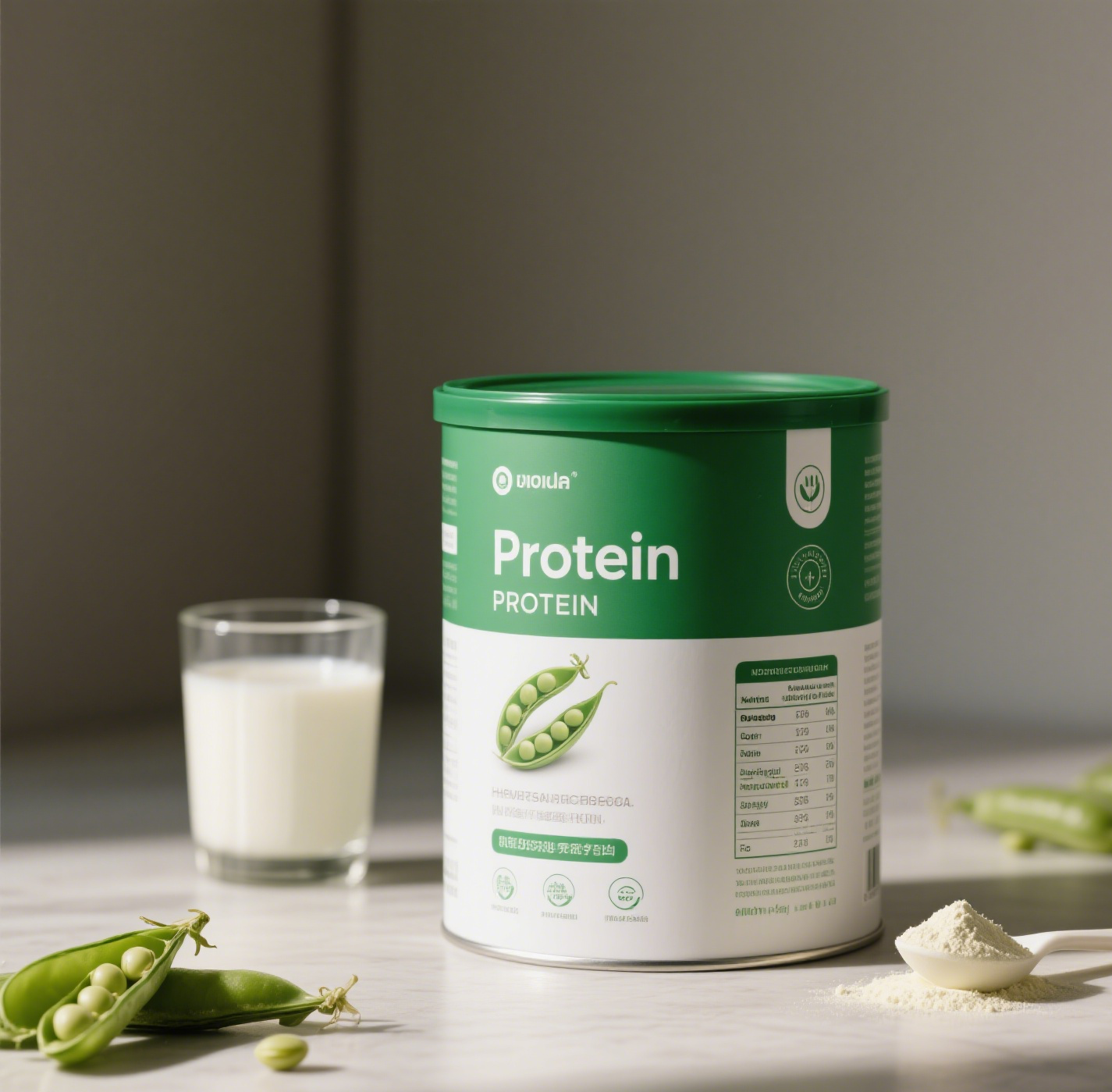Unlocking the Full Potential of Plant-Based Proteins
As the demand for plant-based alternatives continues to surge, pea protein has emerged as a leading choice for manufacturers and consumers alike. Its versatility and nutritional profile make it an excellent protein source, but many people struggle with optimizing its texture and taste. Understanding how to enhance these qualities can transform your pea protein experience from merely acceptable to truly exceptional.
The journey to mastering pea protein applications begins with recognizing its unique characteristics. Unlike animal-based proteins, pea protein brings distinct flavor notes and textural properties that require specific techniques to optimize. By implementing the right strategies, you can create products that not only meet nutritional goals but also deliver on taste and mouthfeel expectations.
Essential Processing Techniques for Superior Results
Temperature Control and Hydration
The key to achieving optimal texture with pea protein lies in proper hydration and temperature management. When incorporating pea protein into recipes, start by gradually adding it to room temperature liquid while continuously stirring. This prevents clumping and ensures even distribution. For best results, allow the mixture to hydrate for 15-20 minutes before further processing.
Temperature plays a crucial role in protein functionality. Warm liquids between 85-95°F (29-35°C) can improve solubility and create a smoother texture. However, avoid excessive heat as it can denature the protein and lead to unwanted grittiness. Consider using a high-speed blender to achieve optimal dispersion while maintaining temperature control.
Particle Size and Mixing Methods
The particle size of pea protein significantly impacts texture perception. Utilizing micro-milled varieties can dramatically improve mouthfeel and reduce graininess. When blending, employ a two-stage mixing process: first, create a smooth slurry with liquid, then gradually incorporate remaining ingredients. This method helps prevent protein agglomeration and ensures consistent texture throughout.
Advanced mixing techniques such as high-shear processing or homogenization can further enhance texture by breaking down protein particles and creating a more uniform distribution. These methods are particularly effective when developing beverages, sauces, or cream-based applications.

Flavor Enhancement Strategies
Natural Masking Agents
Addressing the inherent earthy notes of pea protein requires strategic use of natural masking agents. Vanilla extract, cocoa powder, and certain fruit extracts can effectively complement and balance the protein's taste profile. Specifically, natural vanilla helps neutralize off-notes while adding pleasant aromatic qualities to the final product.
Citrus flavors, particularly lemon and orange, can brighten the overall taste profile while masking any bitter undertones. When working with chocolate applications, using Dutch-processed cocoa powder can provide superior masking properties while contributing rich, complex flavors.
Complementary Ingredient Selection
Choosing ingredients that naturally complement pea protein can significantly enhance the overall taste experience. Sweet spices like cinnamon, nutmeg, and cardamom not only add complexity but also help mask any unwanted flavors. Additionally, incorporating natural sweeteners such as maple syrup or honey can round out the flavor profile while providing functional benefits.
Consider adding healthy fats like nut butters or coconut oil, which can improve mouthfeel while contributing their own pleasant flavors. These ingredients create a more complete taste experience and help mask any residual off-notes from the pea protein.
Structural Improvements Through Formulation
Stabilizer Integration
The strategic use of stabilizers can dramatically improve texture and mouthfeel in pea protein applications. Natural options like xanthan gum, guar gum, or carrageenan can prevent separation and create a more cohesive structure. Start with small amounts (0.1-0.3%) and adjust based on desired consistency.
For beverages and liquid applications, combining different stabilizers can create synergistic effects that enhance both stability and texture. This approach helps maintain product consistency throughout shelf life while delivering a smooth, pleasant mouthfeel.
Protein Blending Techniques
Combining pea protein with complementary protein sources can improve both functional properties and taste. Rice protein pairs particularly well, creating a more complete amino acid profile while potentially improving texture. Similarly, adding small amounts of other plant proteins like hemp or pumpkin seed can contribute to a more robust flavor profile.
When blending proteins, maintain a ratio that keeps pea protein as the primary source while using others as supporting ingredients. This ensures you retain the benefits of pea protein while optimizing the overall sensory experience.
Frequently Asked Questions
What is the best liquid-to-protein ratio when using pea protein?
For optimal texture, start with a ratio of 3:1 liquid to pea protein powder. This can be adjusted based on your specific application and desired consistency. Allow for complete hydration before making final adjustments to the ratio.
How can I prevent grittiness in pea protein smoothies?
To minimize grittiness, blend pea protein with liquid first at high speed for 30-45 seconds, then add remaining ingredients. Using frozen fruits and allowing the mixture to rest for 5-10 minutes after blending can also help improve texture significantly.
Why does pea protein sometimes have a bitter taste?
The bitter taste in pea protein comes from naturally occurring compounds called saponins. Using natural sweeteners, flavor masking agents, and complementary ingredients like cocoa or vanilla can effectively balance these bitter notes and create a more pleasant taste profile.

